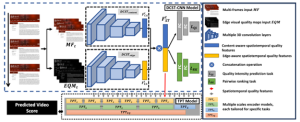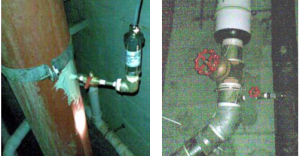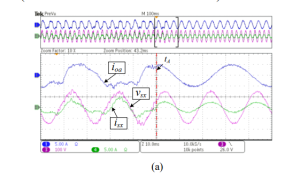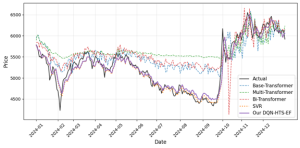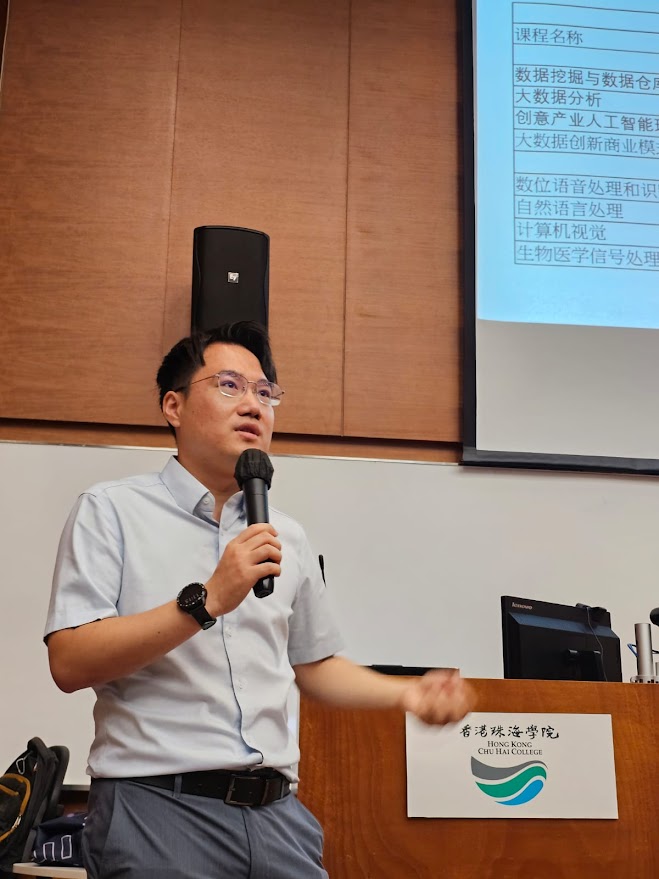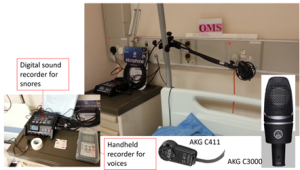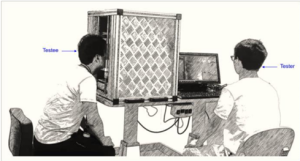YOLO-ERCD: An Upgraded YOLO Framework for Efficient Road Crack Detection
We are glad to share with you that our recent journal paper “YOLO-ERCD: An Upgraded...
Revisiting Adversarial Robustness of GNNs Against Structural Attacks: A Simple and Fast Approach
We are pleased to announce that our recent paper, “Revisiting Adversarial Robustness of GNNs Against...
Multi-Frame Spatiotemporal Feature and Hierarchical Learning Approach for No-Reference Screen Content Video Quality Assessment
We’re pleased to share that our recent journal paper ” Multi-Frame Spatiotemporal Feature and Hierarchical...
IoT-Based Building Drainage Monitoring System Using AI
We are glad to share with you that our recent conference paper “Innovative Applications in...
FPGA-Based FCS-MPC with Space Vector Preselection and Online Parameter Identification for Matrix Converter
We are pleased to share that our recent journal paper “FPGA-Based FCS-MPC with Space Vector...
MSAAI Student Research Results Published: From Market Volatility to Predictive Insight: An Adaptive Transformer–RL Framework for Sentiment-Driven Financial Time-Series Forecasting
We are glad to share with you that our recent international journal paper “From Market...
Investigation on Trustworthy Graph-Based Learning Methods Beyond Homophily Receives RGC FDS Funding
We are delighted to announce that our latest project, “Towards Graph-Based Learning System Under Diverse...
Acoustic-based automated obstructive sleep apnea detection research project gets funded by The University Grants Committee (UGC)
Obstructive sleep apnea (OSA) is a prevalent disorder causing airway collapse during sleep, mainly affecting...
Publication of Teacher’s Research Paper: “VIOMA: Video-based Intelligent Ocular Misalignment Assessment”
We proudly congratulate Yang Zheng and co-authors on the acceptance of “VIOMA: Video-based Intelligent Ocular...




